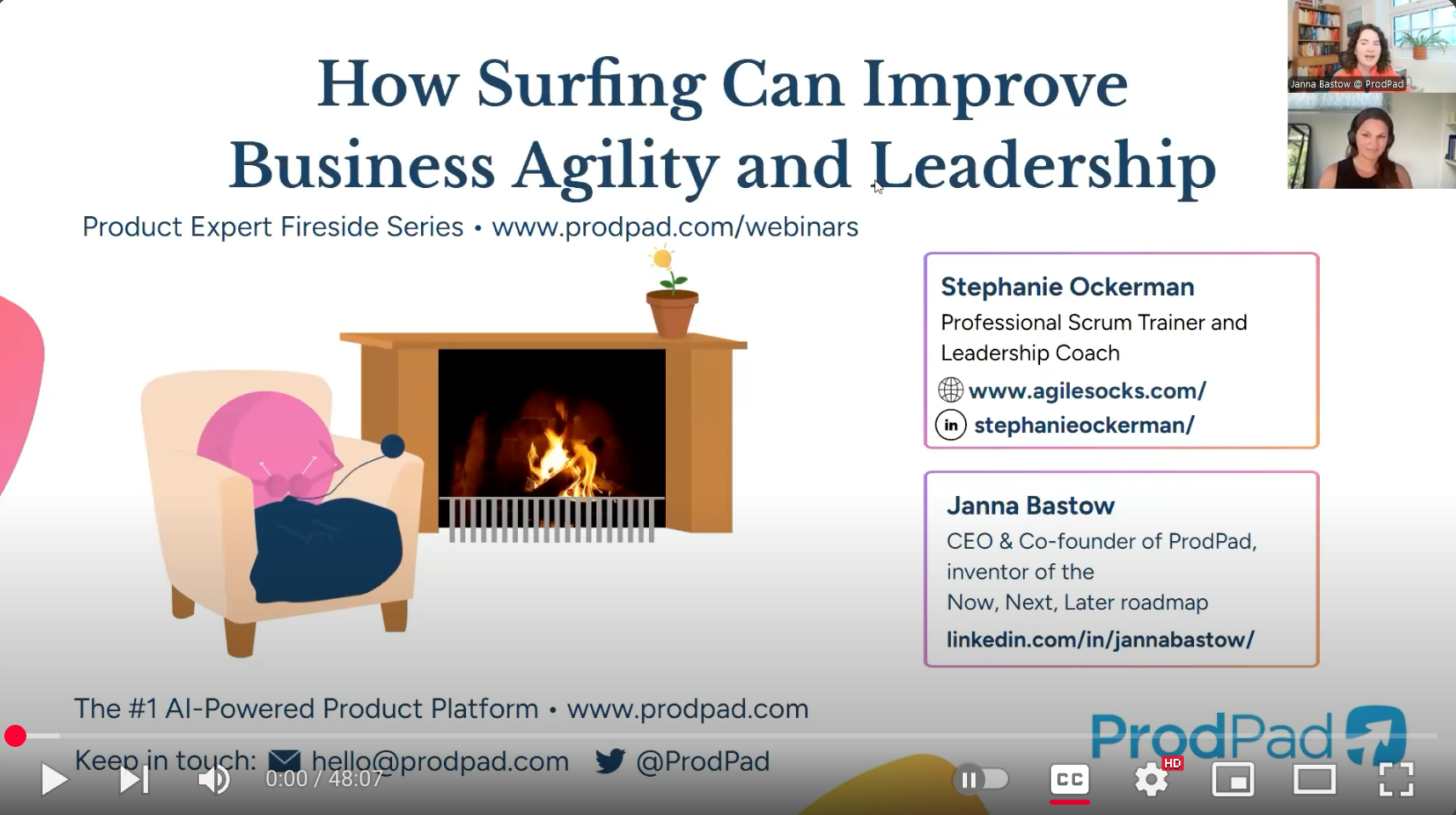
This is the fifth in a series of posts exploring Scrum Mastery. In our first post, we introduced the 4 dimensions of Scrum Mastery: Team Identity, Team Process, Product Value, and the Organization. In this post, we will explore the Organization dimension.
How is the organization enabling you to maximize the benefits of Scrum?
How is the organization holding you back?
Scrum is a framework that enables the benefits of business agility. Organizations want these benefits. However, the organization itself is sometimes not leveraged sufficiently to help Scrum Teams grow. Sometimes the organization is even considered the problem.
Organizations provide both structure and culture. And these will impact the teams and products that live within the organization. So you cannot ignore the organization. And fighting the organization is not helpful.
You must leverage the organization; use it to maximum advantage.

Photo by Farrel Nobel on Unsplash
Get curious about what the organization really wants. Perhaps there is a clear mission statement. Go deeper. Explore the business goals. Understand what are considered the biggest challenges to achieving those goals.
Then connect the dots to the benefits of agility. I often find that the organization’s goals are often related to increasing ROI, reducing the risk of investment, and having greater flexibility to respond to change.
Ask powerful questions to explore, clarify, and create alignment among the necessary people in the organization. You will likely discover that most people are on the same page about where they want to go. The differences typically arise in determining how to get there.
This can be formal (e.g. create a vision for agility in the organization, create a team that focuses on agility in the organization). It can also be informal and achieved through conversations. The key is to continually remind and reinforce by using common language that resonates with the people you are trying to influence.
Dissonance is a tension resulting from two disharmonious elements.
Where do you see the values, beliefs, or actions within the organization creating dissonance with an agile mindset?
What impact is this having on the Scrum Team’s effectiveness?
These two questions will help you clarify the organizational impediments that are slowing down your Scrum Team’s improvement. Remember the other three dimensions for Scrum mastery. You know what is needed to grow a strong Team Identity, to improve Team Process, and to optimize Product Value.
How is the dissonance impacting these dimensions?
I will offer a few examples based on my experience.
As you identify these organizational impediments, make them transparent in a meaningful way. It is often not enough to state the impediment and how it is impacting the Scrum Team. You need to make the bigger impact to the organization clear. This is where you leverage what you’ve been doing in Step 1.
How is this impediment going to prevent the organization from achieving its goals?
How is this impediment costing the organization money?
What is being sacrificed in the long-term?
You cannot make a person change. You cannot make an organization change. But you can influence change.
The best way to influence change is to involve the people directly impacted. Invite, encourage, and support the organization. Cultivate a mentality that you are all in this together (use the work you’ve already done in Step 1). Appreciate that people have good intentions and want to be successful.
You’ve made impediments transparent in Step 3. Now get creative about solutions. Be open to other ideas (not just assuming you know the best way to resolve the impediment). Be willing to negotiate. Seek out multiple perspectives.
Prioritize. Take small steps. Run intentional experiments. Inspect and adapt.
Celebrate the wins along the way. Learn quickly from the failures.
The Agility Guide to Evidence-Based Change is a great free resource to give you an empirical process for organizational improvement.
Depending on the size of your organization and the existing structure and culture, influencing change is likely to take time.
Be strong in your role as a servant-leader. People will follow if they know that you are putting others first, that you are invested in their growth and success.
Patiently but vigilantly push while respecting people and seeing the best in them. Sometimes this means challenging assumptions and constraints and breaking down limiting beliefs. Other times this means raising the bar. Sometimes this means having the courage to go first and push by creating the path. Lead by example, and show what’s possible.
This requires caring for everyone involved and having compassion for people. This requires integrity and commitment.
Maximizing the benefits of Scrum often means evolving organizational culture, processes, and possibly structure. Leverage the organization as a resource to create the conditions for success.
Read all posts in this series:
___________________________
Want to take your learning deeper?
If you enjoyed this post, check out my book Mastering Professional Scrum.
This book illuminates what it means to effectively apply empiricism, an agile mindset, and teamwork to truly unlock the benefits of agility.



AGILE SOCKS is a registered trademark of Agile Socks LLC. Other marks used herein are the property of their respective owners. For more information see Trademark Notice in Terms & Conditions.